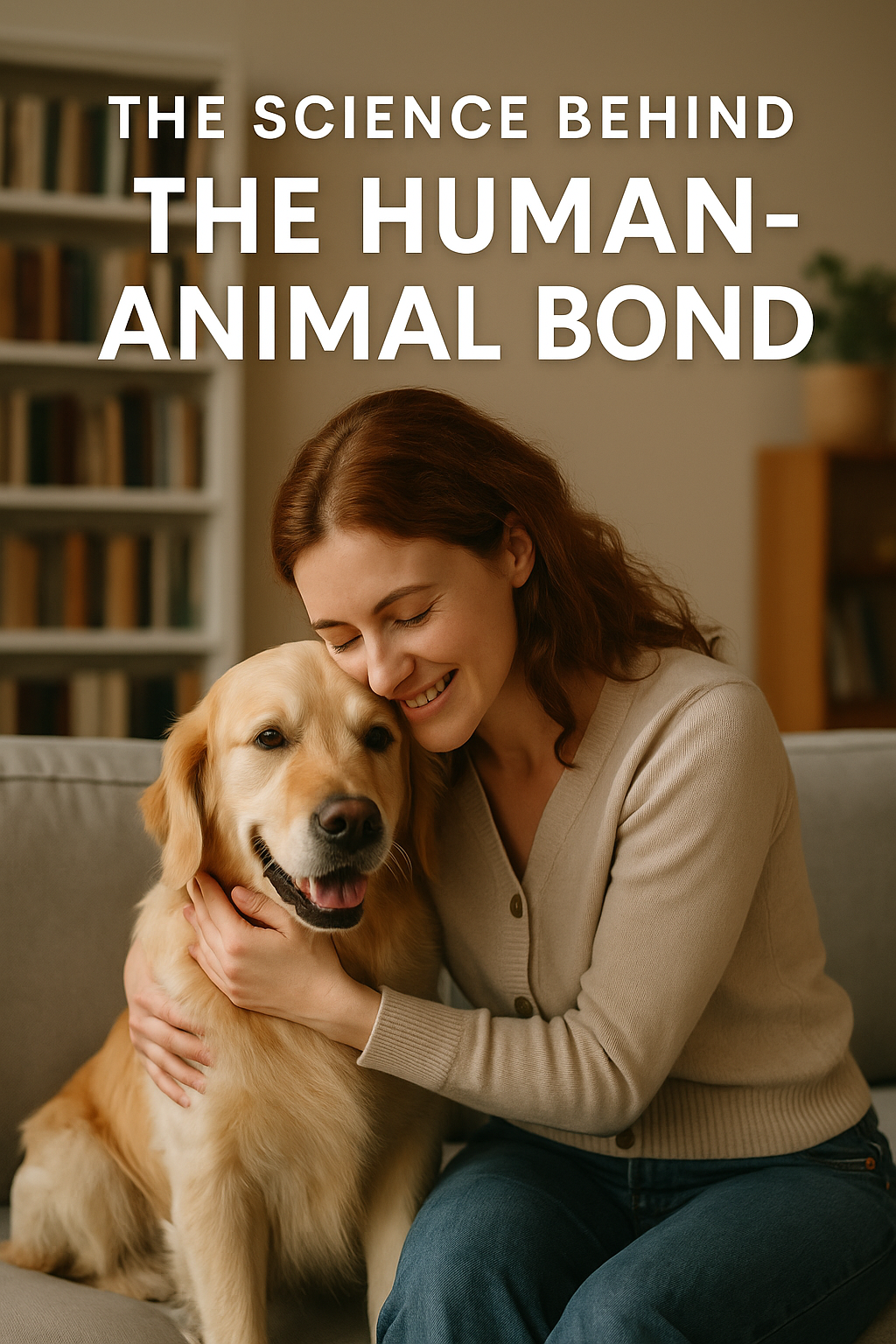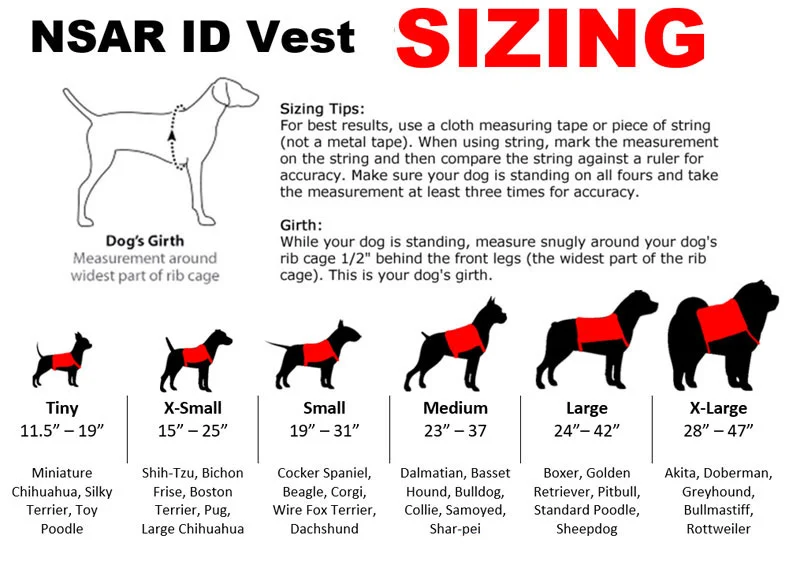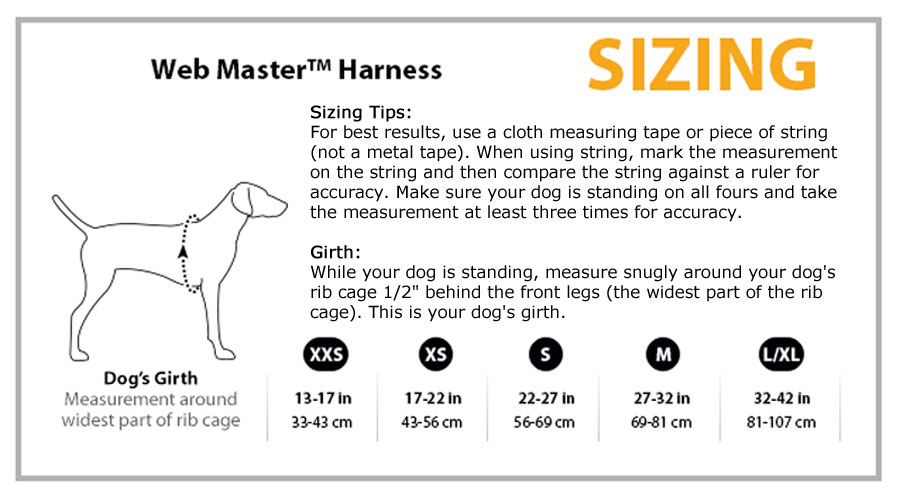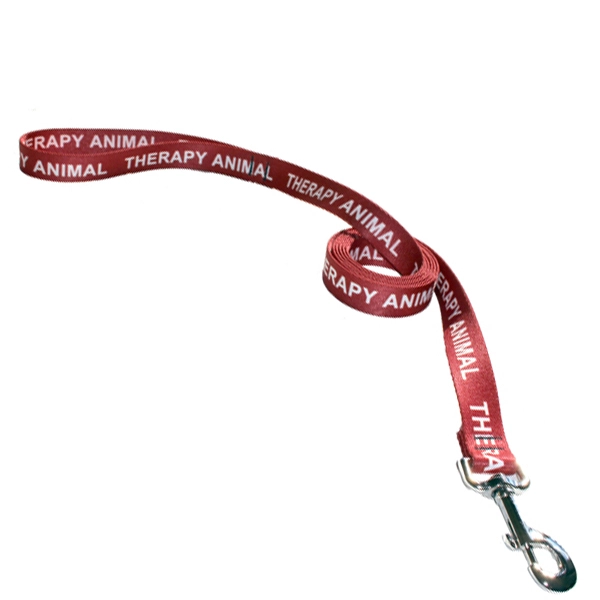The History of Service Animals: From Ancient Times to Today

Service animals have played a vital role in human societies for thousands of years, assisting with tasks, providing companionship, and improving the quality of life for individuals with disabilities. From the revered dogs of ancient Egypt to the highly trained service animals of today, their history is as rich as it is fascinating. In this article, we’ll explore the origins, evolution, and modern significance of service animals, including their legal rights, training, and impact on society.
Ancient Roots: The Earliest Service Animals
Dogs in Ancient Egypt, Greece, and Rome
- Archaeological evidence suggests that dogs were used for assistance as early as 100 BC.
- In ancient Egypt, dogs were depicted as protectors and guides in tomb paintings and hieroglyphs.
- The Greeks and Romans trained dogs for various tasks, including guiding the blind—a practice referenced in ancient texts.
Horses and Other Animals in Early Societies
- Horses have long been used to aid individuals with mobility challenges, providing transport for those unable to walk.
- Falcons, pigeons, and even monkeys have historically been trained to assist humans in different capacities.
The Middle Ages to the 19th Century: A Growing Recognition
The First Documented Guide Dogs
- In 16th-century Europe, historical records describe blind individuals using dogs to navigate busy streets.
- The first formal guide dog training schools began in the 18th century, although informal training had existed for centuries.
Therapeutic Use of Animals
- In the late 18th and early 19th centuries, animals were introduced into medical settings to provide comfort to patients, particularly in psychiatric hospitals.
- The York Retreat in England pioneered the use of animals for mental health therapy.
The 20th Century: The Rise of Modern Service Animals
World War I and the First Guide Dog Schools
- After WWI, German Shepherds were trained to assist blinded war veterans, leading to the establishment of guide dog training programs in Germany.
- In the 1920s, Dorothy Eustis, an American dog trainer, established the first guide dog school in Switzerland, later bringing the concept to the U.S.

Expansion Beyond Guide Dogs
- The late 20th century saw the expansion of service animals beyond guide dogs to include:
- Mobility service dogs
- Hearing alert dogs
- Seizure alert dogs
- Autism support dogs
- Psychiatric service dogs
Legal Recognition and Rights of Service Animals
- Americans with Disabilities Act (ADA) (1990): Officially recognized service animals and provided them with legal protections in public spaces.
- Fair Housing Act (FHA): Allowed individuals to live with service animals in housing that otherwise restricts pets.
- Air Carrier Access Act (ACAA): Ensured individuals with service animals could fly with them.
The 21st Century: The Rise of Emotional Support Animals (ESAs) and Therapy Animals
What Are Emotional Support Animals (ESAs)?
- ESAs provide comfort and emotional stability but do not require specific training like service animals.
- They are protected under the FHA but are not granted public access rights under the ADA.
Therapy Animals in Healthcare and Education
- Used in hospitals, schools, and disaster relief efforts to provide emotional support to individuals in need.
- Popular programs include therapy dog reading programs for children and animal-assisted therapy for PTSD.
Practical Considerations: How to Qualify for a Service Animal or ESA
For Service Animals:
- Must have a disability recognized under the ADA.
- The animal must be trained to perform specific tasks related to the disability.
- No formal training is required, but reputable training programs can help.
For ESAs:
- Must have a diagnosed mental or emotional disability.
- Requires a letter from a licensed mental health professional
- No training requirements, but proper behavior is essential.
FAQs About Service Animals and ESAs
1. Can any breed of dog be a service animal?
Yes, the ADA does not restrict service animals by breed, but temperament and training suitability are key factors.
2. Do service animals need to wear a vest?
No, but many handlers choose to use service dog vests to indicate their role.
3. Are ESAs allowed in public places?
Yes, ESAs may be allowed in public places; however, they require the authorization by a business owner or management as they do not have the same public access rights as service animals.
4. How can I tell if a service dog is legitimate?
Service animals are not required to have certification, but they should demonstrate trained behaviors and tasks related to a disability.
Conclusion
Service animals have played an invaluable role throughout history, evolving from simple guides to highly trained companions that assist with various disabilities. As laws and awareness continue to progress, the importance of these animals remains undeniable.
If you’re considering an ESA or service animal, our team can help. Contact us today to learn about legal protections, how to qualify, and how to find the right support animal for your needs!













































































